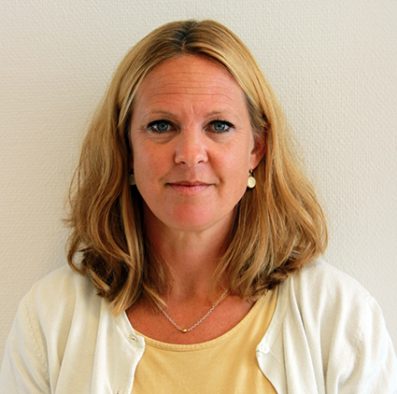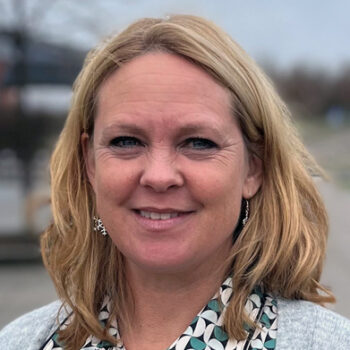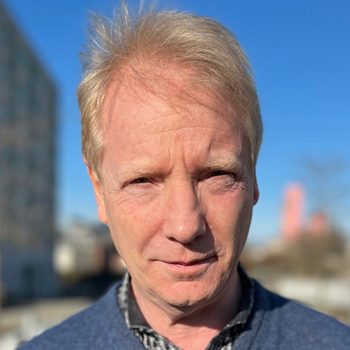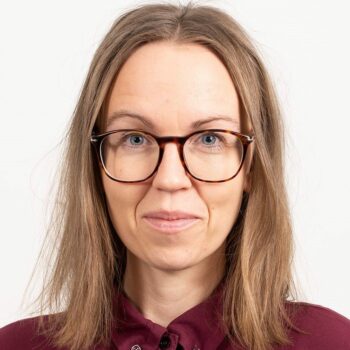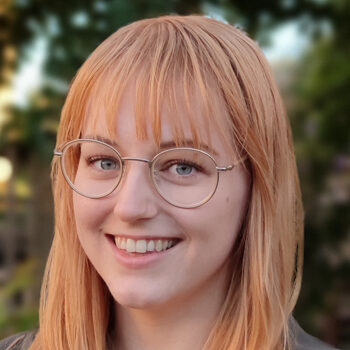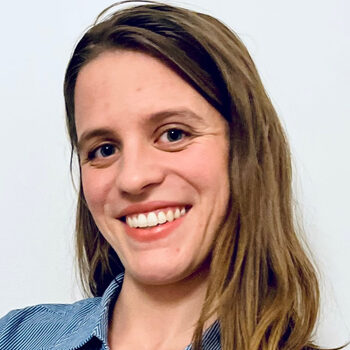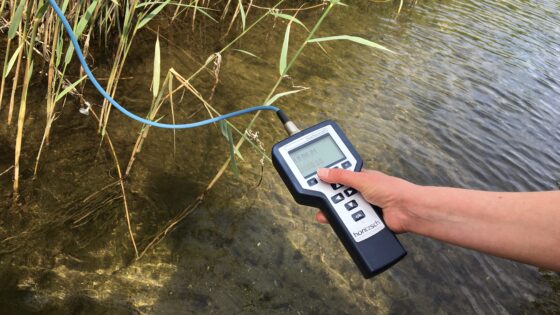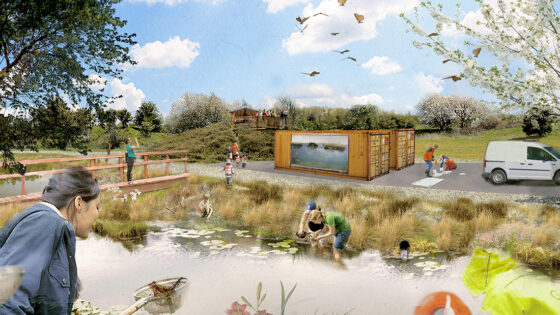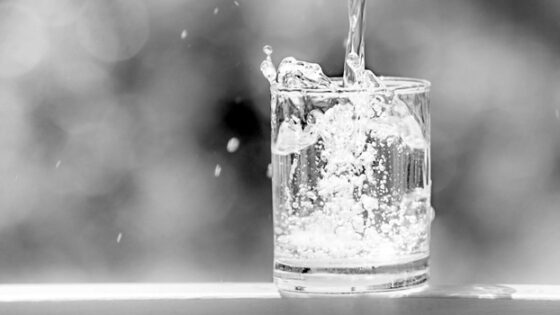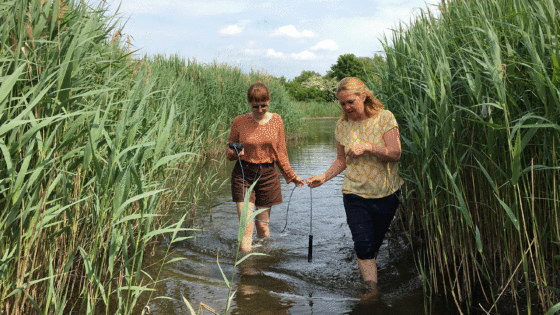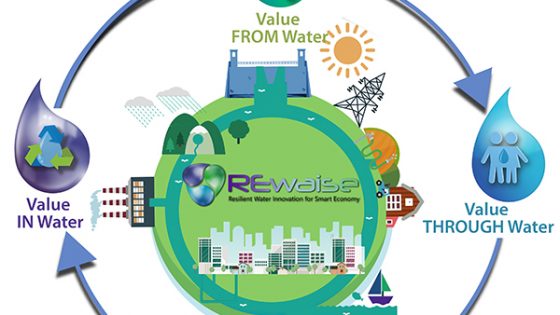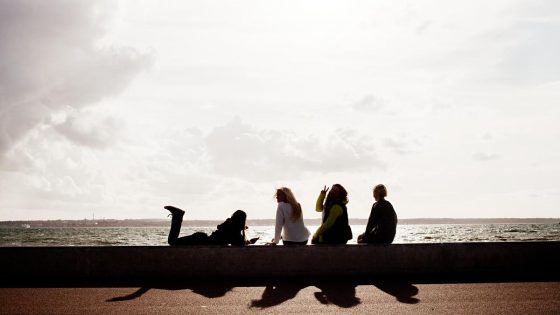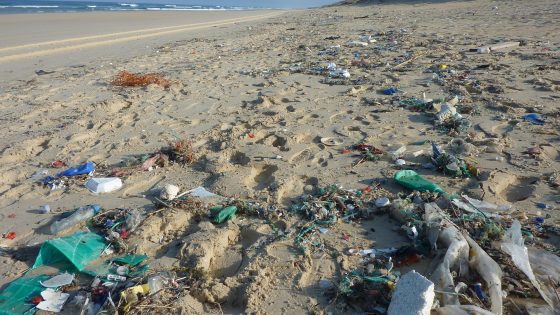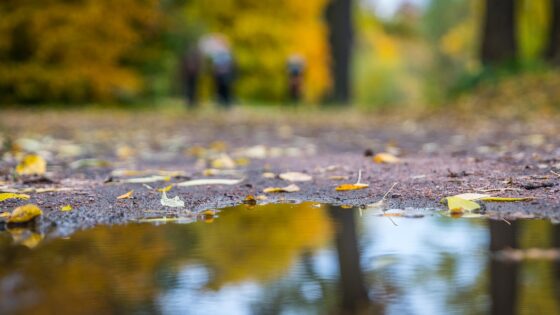
Emma Fältström, PhD student, is taking earth samples.
SWR works actively together with its owner organizations to gather and build knowledge in two current areas:
- how microplastics get to the waste water plants and what happens there.
- how our facilities possibly affect the bathing water quality in their immediate areas.
Microplastics are a new type of pollution that is being highlighted as problematic and the presence of microplastics is widespread in the environment but knowledge about behavior, sources and transport routes is limited although there are proposals for ways to control and reduce microplastic pollution reaching our waterways.
Most studies state that microplastics are effectively separated at treatment plants and that the supply of microplastics to water recipients via stormwater and storm water is in many cases higher than via outgoing, treated wastewater. Efforts to track and reduce the amount of microplastics in the water environment should therefore be invested in stormwater and stormwater management. There is greater uncertainty as to what happens to the microplastics that end up in the sludge that is added to the arable land, but the studies that have been done suggest that there is the same amount of microplastics in the soil regardless of whether sludge fertilization has taken place or not.
Another type of pollution that has so far not been noticed is coliform bacteria, E. coli, along the coast, which creates problems with bathing water quality and which appear basically every summer at various bathing spots along the Öresund. Wastewater contains coliform bacteria, and it cannot therefore be ruled out that the origin can be linked to rain and emissions from our sewage plants. Knowledge of this type of pollution is in its infancy, and it is therefore essential to understand whether our sewage systems affect bathing water quality or whether the bacteria that create unhealthy bathing water come from somewhere else.


